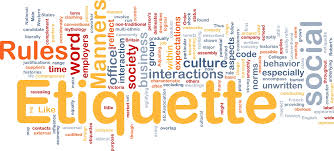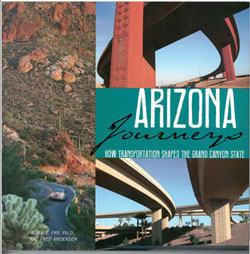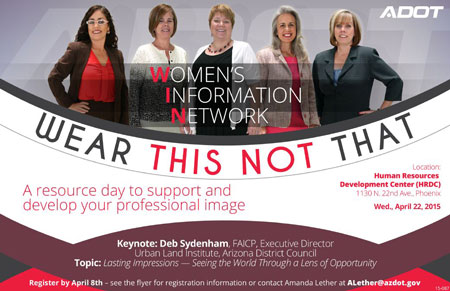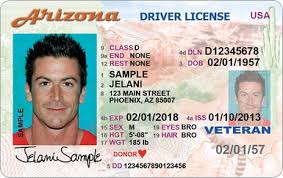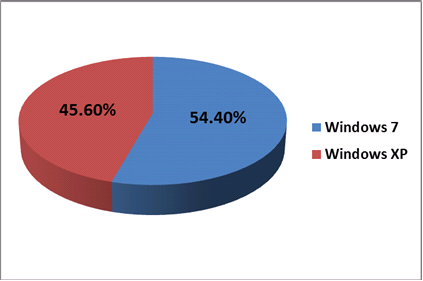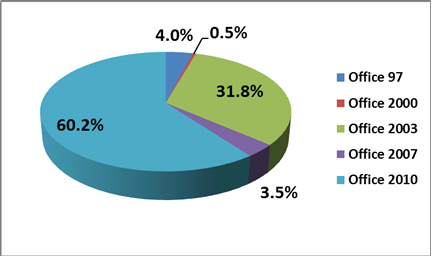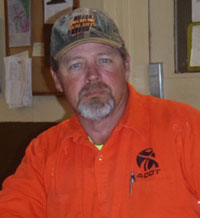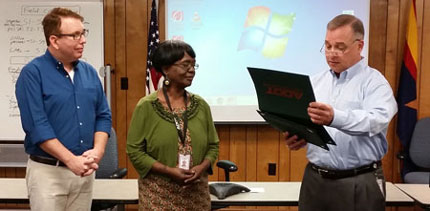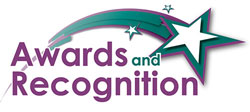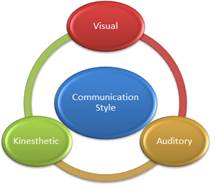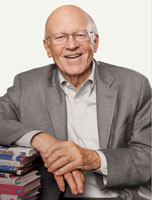
Know your Learning Style
There comes a point in every employee’s life when they ask, “Where do I go from here?” “Do I have the skills needed to be considered for a new position?” To answer these questions accurately, we must have the courage to take an honest look at our skills and motivation. Choosing a new position solely for a salary increase, without considering current talents and interests can prove disastrous. If you enjoy the technical side of your job; however, avoid conflict, dislike going to meetings, and dealing with employee issues, a manager position may not be the best choice.
It is important to invest your time and energy in activities that will strengthen your organizational interest and meet your own personal goals. This requires us to be mindful of our motivations and to ask, “Am I willing to invest in myself to meet the requirements of the prospective position?” “Will the changes I make bring me closer to my end goal?”
If you are ready to begin a journey of personal development, it could be helpful to identify your Preferred Learning Style. Using your favored style will help to master a new skill set and retain the skills long after the training is completed. Remember, without practice, newly acquired skills are apt to fade away.
Preferred Learning Style
Just as workplaces have a range of diverse employees, employees have diverse learning styles. Learning comes in different forms. Some employees learn well by reviewing a technical manual, some by listening to a lecture series, while others learn by watching or participating in a demonstration.
Most workplaces provide some form of training either individual or group participation. Common learning environments include traditional classroom, online instruction, and on-the-job training. Establishing a strong workplace requires understanding the employees’ learning styles and facilitating their development. Our learning style relies upon how we best intake/retain/recall/use information.
This may seem quite simple; however, it is necessary for one to take responsibility for determining what they need, and applying available resources necessary to obtain their set goals. A personal commitment to one’s career is an inside job. No organization can determine your passion and motivation to success.
When employees take responsibility for their own professional development, and apply it to the workplace, they not only improve themselves, they help to improve the organization’s success in reaching its goals. This is a WIN-WIN situation for both employee and the organization.
There are three distinctive learning styles: visual (V), auditory (A), and kinesthetic (K).
Visual
Visual learners use eyesight as a primary way to gather information. They rely upon observing, reading, and viewing charts and graphs. In fact, they rarely get lost because they have memorized the map. They easily give their viewpoint and expect you to connect with what they are saying. Visual learners prefer to get the point early and avoid long speeches.
Auditory
Auditory learners use listening as the primary means to gather information. Learners enjoy participating in conversations where they rely upon listening skills rather than taking notes. They take in information easily and enjoy telling their side of the story – often before you have finished talking. Feedback is very important to auditory learners. If they believe their audience does not understand, they are more likely to tell the story again from a different perspective.
Kinesthetic
Kinesthetic learners use a hands-on or physical activity to gather information. In doing so, they apply past experiences to the current situation. They find learning is done best through showing others what they know. Encourage the kinesthetic learner to scan the manual or diagram before working on the project. If time is limited, provide a step-by-step process one can follow.
Remember, just as one has a dominant communication style, one also has a dominant learning style. Depending upon the situation one can change or rely upon a combination of V, A, K, VA, VK, AV, AK, KV, and KA. Consider the following ways to improve your personal development, relying upon your
Preferred Learning Style.
Above all, invest in yourself. Take the time to identify and nurture your passion and career aspirations. Use your dominant learning style to develop the personal and professional results you want in your life. Commit to being the best.

